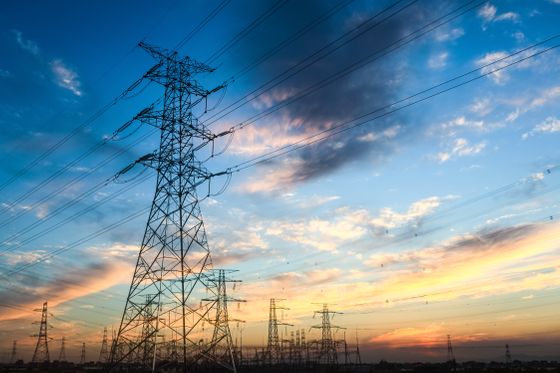In poor countries, half of the generated power is lost in the middle of the `` transmission network '' and a large amount of carbon dioxide is wasted

by
In recent years, reduction of greenhouse gases such as carbon dioxide has been called out around the world to stop global warming. However, while many refer to fossil fuel cessation and renewable energy generation, few appeal for ' improving the grid .' New research has shown that reducing waste in the power sector, especially with a focus on the grid, can reduce massive CO2 emissions.
The climate mitigation opportunity behind global power transmission and distribution | Nature Climate Change
https://www.nature.com/articles/s41558-019-0544-3
We calculated emissions due to electricity loss on the power grid | Ars Technica
https://arstechnica.com/science/2019/12/we-calculated-emissions-due-to-electricity-loss-on-the-power-grid/
In general, electricity is produced in large power plants, but the electricity produced is not always usable at home. The electricity generated at the power plant travels long distances via high-voltage power lines, is transmitted to local distribution networks via substations and other facilities, and is transmitted to individual homes. In this process, heat is generated in various parts of the power transmission network with the movement of electric power, and a part of electric energy is lost as heat energy.
Research teams at the University of Maryland and Johns Hopkins have quantified the carbon footprint of the grid as a result of power loss and analyzed 'grid power loss' in 142 countries.

by
Analysis showed that the percentage of power loss that occurred during power transmission varied widely from country to country. For example, in 2016, power loss in each country was 19% in India and 16% in Brazil, but exceeded 50% in poor countries such as Haiti, Iraq and the Republic of the Congo. This means that less than 50% of the generated power reaches households, and more than half were lost during transmission.
While power losses in poor countries are severe, it has also been shown that in developed countries very little power is lost during transmission. In 2016, the power loss associated with transmission in the United States was only 6%, 5% in Germany, and 2% in Singapore. It seems that these figures are also affected by the size of the land, and in countries with large lands that need to transmit long distances from the power plant to the residence, power is being transmitted more than in countries where the distance from the power plant to the residence is short The research team pointed out that the power loss in the area would be large.
Researchers have calculated that the world's carbon footprint required to produce power lost during power transmission is about one billion tonnes annually. This figure is comparable to the carbon dioxide emissions of all heavy trucks around the world in one year, and the entire chemical industry in one year.
Researchers analyzing grids around the world claim that improving inefficient grids could reduce carbon emissions by approximately 411 million to 544 million tons annually. Improvements, such as replacing inefficient power lines with more efficient power lines and wiring local level grids more efficiently, can play a significant role in reducing greenhouse gases. On the other hand, in some countries power grids are poor due to difficult technical solutions such as extreme climate disasters, poverty and conflicts. He says that he has a problem of high power generation.

by chuyu2014
The research team noted that while many countries are looking to generate electricity using renewable energy, few countries are still focusing on improving the grid. Even if renewable power generation is realized, it is important to combine clean power generation with an efficient power grid, as large losses in the grid will result in wasted investment. Insisted.
Related Posts:
in Science, Posted by log1h_ik







